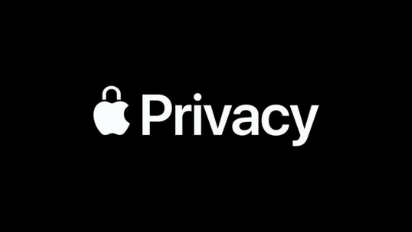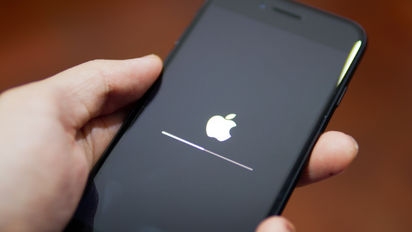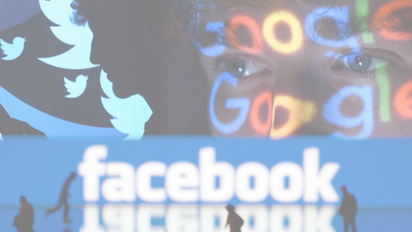The Latest
On the heels of Twitter’s announcement that all ads pertaining to specific candidates, elections, and legislation will be banned, Google stated that they too will be shifting their political ad policy. In a blog post released yesterday, Google announced that they will be limiting how political advertisers can target audiences using their platform.
So why are these two online platforms enacting these policies? And what do these changes actually mean?
The underlying goal of both policies is to prevent online users from falling victim to the spread of misinformation, as well as to provide more transparency for online interactions. In their announcement last week, Twitter specified that they strive to achieve this goal by prohibiting any political, candidate, legislative, and issue ads that call for a political or regulatory outcome. Issue ads in particular have a few more restrictions. Specifically, they won’t be able to use certain keywords like “republican” or “democrat,” nor will they be able to geographically target audiences more narrowly than at a state level. While this is a fairly significant blow to political advertisers, it should be noted that ads that enable continued conversation on national issues and do not advocate for a particular political outcome will be permitted. When previewing their new policy last month, Twitter’s CEO also indicated that organizations with large resources should not unfairly limit the advertising efforts of activists, advocates, nonprofits, and labor groups who are not as well-funded.
Google hopes to accomplish transparency in two main ways; first they are expanding their ad transparency report to include state level candidates, ballot measures, and ads that mention federal or state political parties. Second, Google is limiting audience targeting. While political ads can still be placed on their platform, ads can now only be directed at audiences based on three criteria: age, gender, and location as narrow as zip code. Gone are the days where ads can be targeted based on voting records and political affiliations. Similar to Twitter’s limitations on issue ads, this policy prohibits placing ads that encompass various political keywords such as “conservative,” “liberal,” and “independent.” Google’s new policy also expressly bans certain material in ads, including deepfakes and “ads or destinations making demonstrably false claims that could significantly undermine participation or trust in an electoral or democratic process.” Despite all of this, political advertisers will still be able to place contextual ads that are based on subject matter in corresponding news articles and YouTube videos.
What does this mean for you?
While a lot is still unclear, this is what we do know: starting November 22, you can no longer post political ads on Twitter. If Twitter ads are a large component of your advertising strategy, that means you’ll either have to consider changing the messaging of your ads to abide by Twitter’s new policy or utilize other platforms to get your message out. While Facebook said that they are considering policy changes that include targeting audiences, they, and as a byproduct Instagram, are still fair game and effective platforms to promote your message—Facebook for overall engagement and Instagram as a way to tell your story through images. Come January 6, 2020, you will need to be more cognizant of how you are targeting audiences using Google, particularly in terms of the keywords you’re using. This change will happen a bit quicker for those across the pond; England must start making adjustments to their advertising methods beginning next week, and the EU must do so by the end of the year.
Both Twitter and Google are propelling the digital landscape to shift drastically, and their recent policy changes will likely have reverberating effects.
Looking for more information?
For more information about the best way to proceed in this new climate, contact us at info@thelukenscompany.com.
UPDATE, December 27, 2019: Spotify is the latest company to ban political ads ahead of the 2020 presidential election. This ad policy pertains to candidates, elected and appointed officials, Super PACs, nonprofits, and political parties. Spotify will also ban content that advocates for or against political entities as well as legislative or judicial outcomes. It is important to note that this ban is not necessarily permanent; Spotify says that they are suspending political ads while they make improvements to their technology capabilities and may reintroduce them down the line. Additionally, political ads that are embedded in third-party podcasts will not fall under this new ad policy, though they will still be subject to Spotify’s content policy.
UPDATE, January 9, 2020: Facebook officially announced that they are allowing political ads this presidential year, reigniting the debate as to how involved digital platforms should be in monitoring content. This is not only a major departure from other large technology companies who have altered their policies to ban political ads; it’s also a defiance of Congress, who has been pressuring Facebook to get more involved in policing messages. Facebook’s decision to maintain the status quo trickles down to Instagram and WhatsApp.





